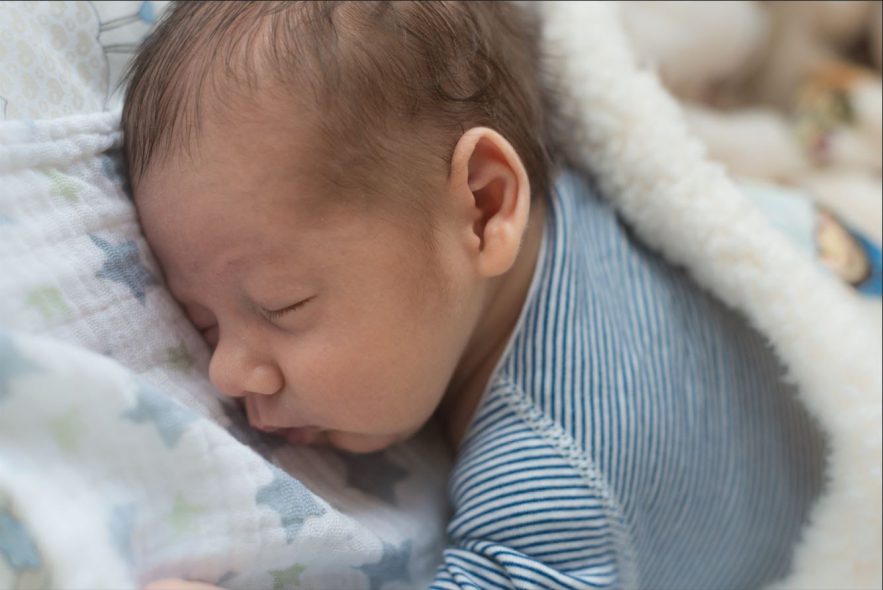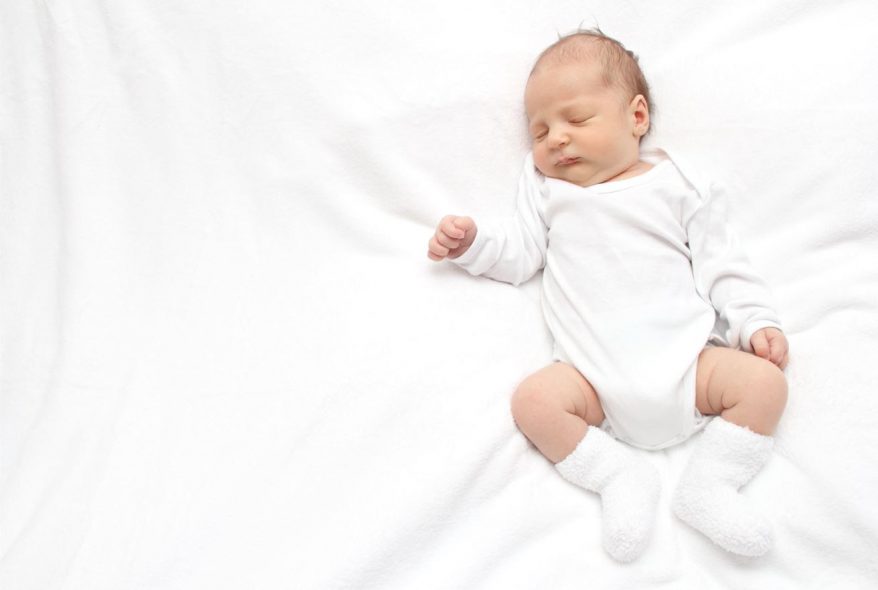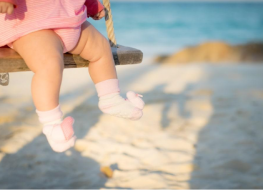
Watching our babies in deep sleep is one of the best things we can experience as a parent in our short-run infant raising gig. Seeing that vulnerable little human being resting peacefully evokes a heavenly feeling from us—a feeling we so crave in our adult life overwhelmed with responsibilities.
In fact, for most parents, this feeling is so profound it’s enough to inspire us to make sure our babies are comfortable, secure, and safe as soon as they close their eyes.
So, if you’re like most parents, protecting your little one during her downtime is logical. Keeping her away from sleep-related risks will let her doze off the way you want it. This, in turn, gives you that heavenly feeling rooted in knowing your baby is taken good care of.
We tend to find things we care about getting more intricate and confusing the closer we look into them. It’s no different when it comes to your baby’s sleep—and it gets confusing fast. So let’s put these concerns to rest, hop onto the nitpicking train and explore the ideas surrounding our baby’s most serene moment. It’s just as much ours as it is theirs.

The Grand Debate: What Sleep Position Is Better for Babies?
Within the first few months of your parenting career, you’ll get a random visit from well-intentioned relatives. Perhaps your in-laws will check in to see how their grandchild is doing. So, you show them to the crib where your little angel is. They look over the crib, something’s not right, and you feel the energy in the room shift.
They’re horrified. Their grandchild is lying on her stomach!
After a split second, the horror turned into a heated debate about your baby’s best sleeping position as you stare into the corner, wondering how your baby got herself into a prone position.
This is the start of the grand debate about the baby’s sleeping position. Well-intentioned, well-experienced parents often ignite this debate. But one position is left out of the discussion: sleeping in the prone position.
Before we get into the reason why a baby sleeping on her stomach is bad, let’s lay down all the sides taken by the most experienced parents on the subject sleep positions:
- Sleeping on the side (lateral)
- Sleeping on the back (supine)
- Mixing both by occasionally repositioning the child
All these sleeping practices make sense in the grand scale of the baby-sleeping-position argument. But what’s the best one?
According to research by the American Academy of Pediatrics (AAP), sleeping on the back is best for the baby and should be the norm.
After the baby is past the 12-month milestone, you’re allowed to let a few lateral positions go by with supervision because this helps your baby develop the crawl and walk functions. Until then, other sleeping positions pose a risk for Sudden Infant Death Syndrome (SIDS) and other risks involving your child’s sleep.
We’ve established the best sleeping position that will silence your child’s grandparents. During the early months of your child’s life, you should always keep her on close watch and make sure she’s always in the supine position, so everyone invested in your little angel is at peace.
Now, let’s go back to discussing why the opposite prone sleeping position is the worst and why your in-laws’ scared reactions are justified.

The Prone Sleeping Position: A Risk Multiplier
As far as your baby is concerned, sleeping on her stomach will make the whole ordeal of falling into a deep sleep a lot harder.
Sudden Infant Death Syndrome (SIDS), also called crib death, is an unexpected death of babies less than a year old. The causes are pointing towards physical factors such as sleep position and sleep environment. But one factor that increases the probability of SIDS is babies sleeping on their stomachs.
When a baby is sleeping in a prone position, there’s a decrease of protective reflexes on the infant’s airway. When a baby’s airway is blocked—usually by fluids—the instinct of a baby’s body to protect itself while sound asleep would be to swallow or to get up. These actions are reduced when babies are lying on their stomachs which can lead to, among other things, SIDS.
Keeping the Right Side Up: Using Sleep Positioners for Your Baby
You can’t always stay in the room with your baby, nor turn them over every ten minutes to make sure they’re safe. The solution? A pillow to help babies sleep on their backs.
Sleep positioners, also called baby side sleeper pillows, are used to prevent babies from sleeping in a lateral position and make sure they sleep on their backs.
Combining the baby sleeping side pillow with a high-quality baby head pillow ensures your baby’s head and body are firmly intact right side up, extending their stay in dreamland until it’s time to wake up.
The baby wedge pillow for side sleeping is also a practical choice. Once your child is past one year and is ready for more supervised side sleeping positions, you can remove the head pillows that reinforce the supine sleeping position and allow the pillow to help your baby sleep on side with enough room to toss and turn. This will help prepare her to walk and crawl while also helping alleviate some sleeping discomforts.
The Rest You and Your Baby Deserve
Baby pillows such as wedges and head positioners give your child the quality of sleep she deserves—the kind that allows your baby to dream peacefully and the kind that gives you that heavenly feeling. That can only come in knowing that you and your baby have a safe distance from the risks of incorrect sleep positioning.
You need to consider a lot of factors to ensure your baby is sleeping as a baby should. But pillows are one simple thing you can change that can significantly flip things around—from hellish all-nighters to a heavenly sound and tranquil rest that you and your baby deserve.



